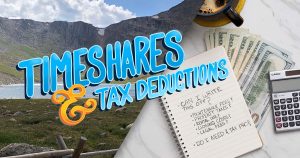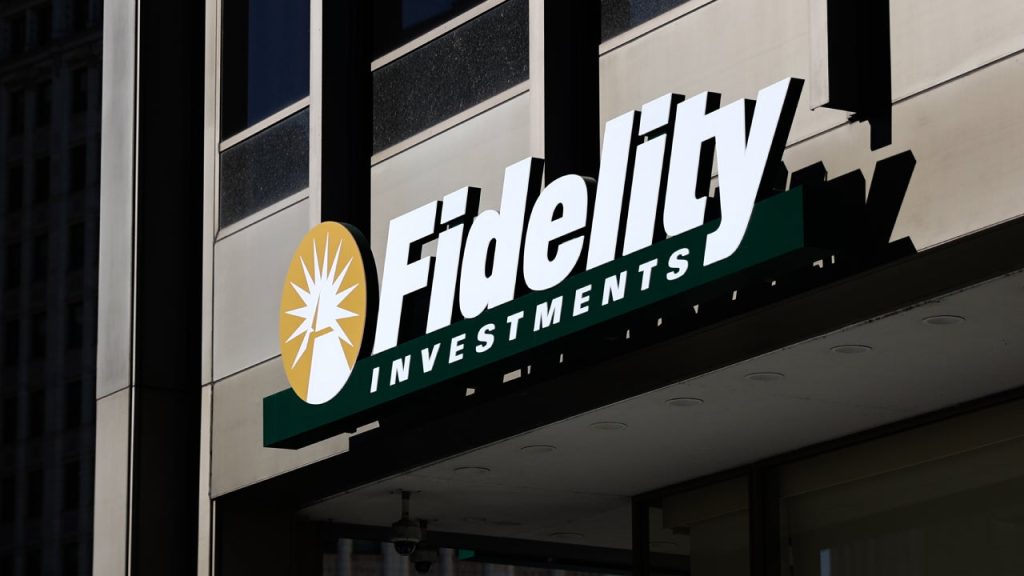A 401(k) retirement plan is a key benefit for any private-sector worker, and employees have come to expect a robust plan as part of their total benefits package. So businesses looking to establish a retirement plan for their employees should carefully consider which 401(k) plan provider fits their needs in terms of cost, service and investment funds, among other factors.
Here are the best 401(k) plans by provider and some key facts about each.
Best 401(k) plans
-
Bankrate selected its top 401(k) providers based on the following criteria:
- Cost
- Types of available plans
- Customer support
- Investment funds
- Education and advice
Best 401(k) plans
Merrill Small Business 401(k)
Merrill offers a 401(k) plan with low one-time fees and low ongoing fees for the company. Fees for employees are higher, however, with both a flat administrative fee and a fee based on assets under management, so it grows as the portfolio grows. But that fee does buy something extra, including portfolios managed by a third party management firm and access to advisors, even in person at parent Bank of America. Plus, a benefit of a 401(k) here is that employees may already be customers of the bank, letting them keep their finances under one roof.
- Costs to company: $390 setup fee, then $90 per month
- Costs to employees: 0.52 percent of assets annually, $4 per month administrative fee
Vanguard 401(k)
One of the biggest advantages of going with a Vanguard 401(k) is that you’re working with a leader in low-cost investing, especially when it comes to its in-house funds. Not only will a 401(k) have access to all Vanguard’s low-cost funds, but it can access up to 12,000 other funds, if your plan has at least $2 million in assets. Vanguard also offers the option to let employees self-direct their portfolio, giving them full flexibility in what they invest in – perfect for experienced investors – and even allows them to invest in company stock.
- Cost to company: Fees vary
- Costs to employees: Fees vary
Fidelity Investments 401(k)
Fidelity is a great pick for a 401(k) because of its robust investment options and strong advisory and administrative support. Fidelity can offer literally thousands of mutual funds to participants, and advisors can help companies craft a plan that works for them. Higher employee costs help pay for that strong customer and advisor support, and employees also have access to their accounts at any time via a comprehensive dashboard that lets them adjust their investment choices and deductions at any time. With a 401(k) at a powerhouse financial institution like Fidelity, employees may have other accounts they can consolidate, making things a bit simpler.
- Cost to company: $500 set-up fee and $300 per quarter
- Costs to employees: $25 per quarter and 0.125 percent of assets quarterly (0.5 percent annualized)
ADP 401(k)
One of the biggest advantages ADP may offer employers is an easy-to-implement 401(k) plan that can quickly integrate with the company’s other offerings, such as payroll processing. ADP offers three 401(k) service tiers for companies of various sizes, including automatic enrollment and fiduciary advisors starting with the entry-level tier. The plan provides access to more than 13,000 funds, giving you plenty of investment options. ADP may be a good pick if your company already receives service here or is thinking about moving your business here.
- Cost to company: Fees vary and include 0.1 percent month for assets under management (subject to a minimum of $30 per month)
- Costs to employees: Fees vary
Betterment at Work 401(k)
Robo-advisor Betterment offers three tiers of service at various price points. Participants have access to a variety of curated portfolios, including a core portfolio as well as a social impact portfolio, though more adept investors can adjust portfolio weights as they like, and fees are reasonable. Betterment lets you add financial coaching to its mid-tier package, while it’s a standard feature on the high-end offering. You can also set up automatic enrollment for employees as well as profit-sharing, giving you flexibility in employer contributions.
- Cost to company: $500 one-time setup, then $1,200 (Essential), $1,800 (Pro) or $3,500 (Flagship) annually plus $5-$8 per employee per month
- Costs to employees: 0.25 percent of assets under management, or the employer can pay
Charles Schwab 401(k)
Charles Schwab has long been known as one of the most investor-friendly outfits, and for its 401(k) it offers a managed portfolio for plan participants, providing personalized investment advice and support for sponsors. Schwab can automatically enroll employees and can set up matching contributions if your company intends to offer them. Support is always a strong suit at Schwab, too, meaning your employees can reach someone knowledgeable quickly.
- Cost to company: Fees vary
- Costs to employees: Fees vary
How does a 401(k) work?
Along with Social Security, a 401(k) can form a cornerstone in your retirement savings strategy. Here’s how a 401(k) works and the key things to know about it.
A 401(k) is a tax-advantaged retirement plan offered by employers that allows employees to contribute and invest a portion of their salary. Contributions are automatically deducted from an employee’s paycheck and can then be invested in potentially high-return investments such as index funds. This setup makes it easy for employees to save without having to think about it.
Many companies match contributions made by their employees, up to a certain percentage of their salaries, often 4 or 5 percent. The 401(k) match is one of the key benefits of the plan, and can supercharge employees’ ability to accumulate money for retirement.
The 401(k) plan has two varieties: the traditional 401(k) and the Roth 401(k).
- Traditional 401(k)
- In this type of plan, employees contribute with pre-tax dollars, meaning they don’t pay taxes on contributions. Contributions can grow tax-deferred until they’re withdrawn, and then they’re taxed as regular income. Any withdrawal before age 59 ½ is subject to a bonus penalty tax of 10 percent.
- Roth 401(k)
- In a Roth 401(k), employees contribute with after-tax dollars, meaning they pay taxes on money that goes into the account. Contributions can grow tax-free and then can be withdrawn tax-free starting at age 59 ½.
A 401(k) has a maximum annual contribution amount, which is $23,000 in 2024. Those age 50 and older can make a “catch-up” contribution of up to $7,500. Matching contributions from an employer do not count toward this annual limit.
How to choose a 401(k) provider
Choosing a 401(k) provider depends on a variety of factors, but most crucially on what features your company wants to provide to employees as well as how much it’s willing to pay for them.
- Cost: What will the company have to pay for the plan? What will employees have to pay for the plan, if anything?
- Investment options: What investment funds does the plan offer? What do they cost and are they expensive relative to other options? Can employees buy individual stocks? Are target-date funds available?
- Advice and guidance: Does the 401(k) provider offer any advice or guidance for participants? Does it offer the option to have the account managed for you?
- Customer support: Does the provider offer strong customer support for participants who have questions about the program and how it works?
- Other features: Can you take a loan against your account balance, and at what rates? Will the plan automatically increase your contribution each year? Does the provider offer a Roth 401(k) option? Does the plan offer in-service rollovers?
Other types of retirement plans
While the 401(k) is the most common type of retirement plan, it’s a better fit for somewhat larger businesses, given the expenses and other administrative burdens of the 401(k). But small businesses, including sole proprietors, have other types of retirement plans that were designed specifically for smaller companies and can be easier to manage and administer.
- SEP IRA
- The SEP IRA is a tax-advantaged small-business retirement plan for anyone who is self-employed, owns a business, employs others, or earns freelance income. The plan allows you to make tax-deductible (traditional) or after-tax (Roth) contributions as a self-employed individual, and you can contribute the lesser of $69,000 (for 2024) or 25 percent of your income. The plan requires employers to contribute an equal percentage of compensation for any employees, meaning it may work better for one-person firms.
- SIMPLE IRA
- The SIMPLE IRA is another relatively inexpensive way for employers to offer a retirement plan and it’s on our list of the best retirement accounts for the self-employed. A SIMPLE IRA may look like a 401(k), but it avoids the complex reporting requirements of a 401(k). The plan lets employees make pre-tax (traditional) or after-tax (Roth) contributions, and employers are obligated to contribute to the plan, offering either: to match employees’ contributions dollar for dollar up to 3 percent of salary, or to add up to 2 percent of employees’ salary, up to the annual compensation limit. Companies can set up a SIMPLE IRA if they had no more than 100 employees earning more than $5,000 in the preceding year. So the plan is geared for relatively small firms.
- Solo 401(k)
- The solo 401(k) gives you the advantages of a regular 401(k) plan but without the hassle, since it’s available exclusively for single-person businesses, with the exception of an employed spouse. Many brokers offer the plan – some for free – and it’s available in both pre-tax (traditional) and after-tax (Roth) variations. With a solo 401(k), you can make both employee contributions and employer contributions, allowing savers to contribute a huge amount of money annually. Once your plan hits $250,000 in assets, you’ll have to begin to file a special form with the IRS each year.
These plans are among the best retirement plans on offer.
Editorial Disclaimer: All investors are advised to conduct their own independent research into investment strategies before making an investment decision. In addition, investors are advised that past investment product performance is no guarantee of future price appreciation.
Read the full article here
















